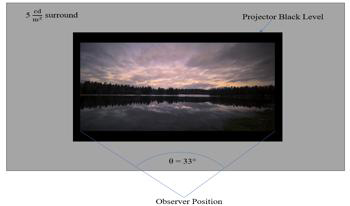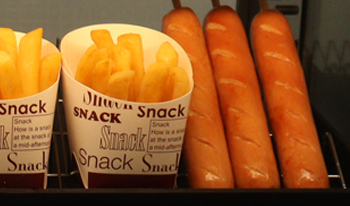
Routing through a dynamic environment is mostly carried out by using maps that integrate information about time-dependent parameters, such as traffic conditions and spatial constraints, which is a challenging and cumbersome task. We address the complex scenario where a user has to plan a route on a network that is dynamic with respect to edges that change their congestion through time. We perform an experimental user study where we compare interactive and non-interactive interfaces, the complexity levels of the map structures (number of nodes and edges) and of the paths (number of nodes that need to be visited), and the effects of familiarity with the map. The results of our study indicate that an interactive interface is more beneficial than a non-interactive interface for more complex paths, while a non-interactive interface is more beneficial than an interactive interface for less complex paths. In detail, while the number of nodes and edges of the network had no effect on the performance, we observed that (not surprisingly) the more complex the path, the longer the processing time and the lower the correctness. We tested the familiarity with a test–retest design, where we organized a second session of tests, labeled T2, after the first session T1. We observed a familiarization effect in T2, that is, the participants’ performance improved for the networks known from T1.

Saliency maps are widely known as a model for simulating visual attention and are also used in industry. They basically indicate whether target images have features that perceived, which predicts the region on which people's eyes focus. However, the saliency may also be related to the favorability perceived by observers. Our goal examined if the saliency of the food product estimates the favorability. Specifically, we manipulated the saliency of hot snacks through the display case design and examined how the evaluation of favorability (the degree of tasty looking) changed. We expected that if we could estimate the favorability of the target product by only using the saliency map, which is an image to show locations with high saliency in images, it would be very useful to estimate the variables, which correlate with the favorability of the appearance of the hot snacks in a short time. Hence, in this study, the favorability of hot snack appearances was evaluated by participants, and the correlation between the favorability score and a saliency value that we defined was analyzed. The tendency of favorability against saliency was compared with that to color conditions of lighting or background of target objects. As a result, it has been indicated that there was the correlation between favorability of food appearance and saliency. Therefore, the possibility that the saliency map can be used as a tool to estimate favorability has been supported.